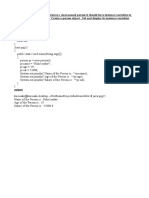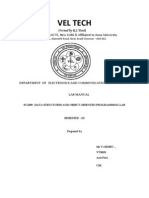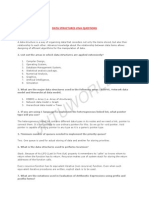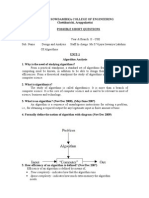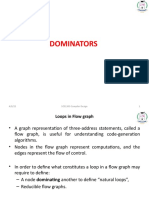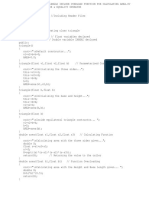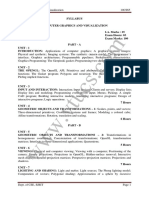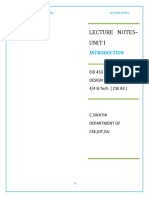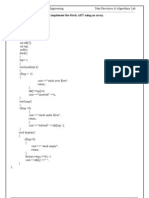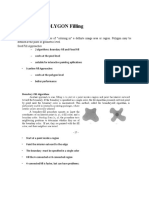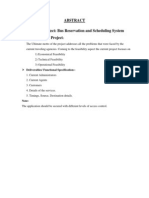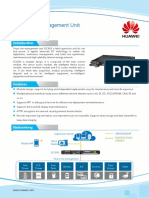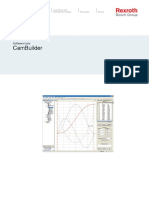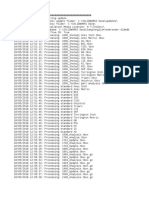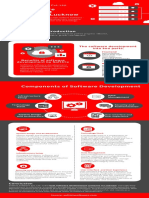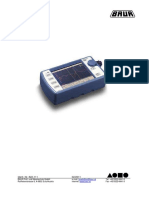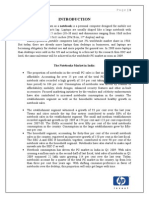0% found this document useful (0 votes)
2K views13 pagesSeed Fill Algorithms
The document discusses seed fill algorithms for filling polygons. Seed fill algorithms rely on at least one known interior pixel (the seed) and flood fill the region by finding neighboring interior pixels. This is in contrast to scan line algorithms which rely on boundary pixels. A simple seed fill algorithm uses a stack data structure, pushing the seed pixel and neighbors onto the stack and popping them off to fill. A more advanced scan line seed fill algorithm only seeds one pixel per scan line span to minimize the stack size.
Uploaded by
rajCopyright
© © All Rights Reserved
We take content rights seriously. If you suspect this is your content, claim it here.
Available Formats
Download as PPTX, PDF, TXT or read online on Scribd
0% found this document useful (0 votes)
2K views13 pagesSeed Fill Algorithms
The document discusses seed fill algorithms for filling polygons. Seed fill algorithms rely on at least one known interior pixel (the seed) and flood fill the region by finding neighboring interior pixels. This is in contrast to scan line algorithms which rely on boundary pixels. A simple seed fill algorithm uses a stack data structure, pushing the seed pixel and neighbors onto the stack and popping them off to fill. A more advanced scan line seed fill algorithm only seeds one pixel per scan line span to minimize the stack size.
Uploaded by
rajCopyright
© © All Rights Reserved
We take content rights seriously. If you suspect this is your content, claim it here.
Available Formats
Download as PPTX, PDF, TXT or read online on Scribd
/ 13


